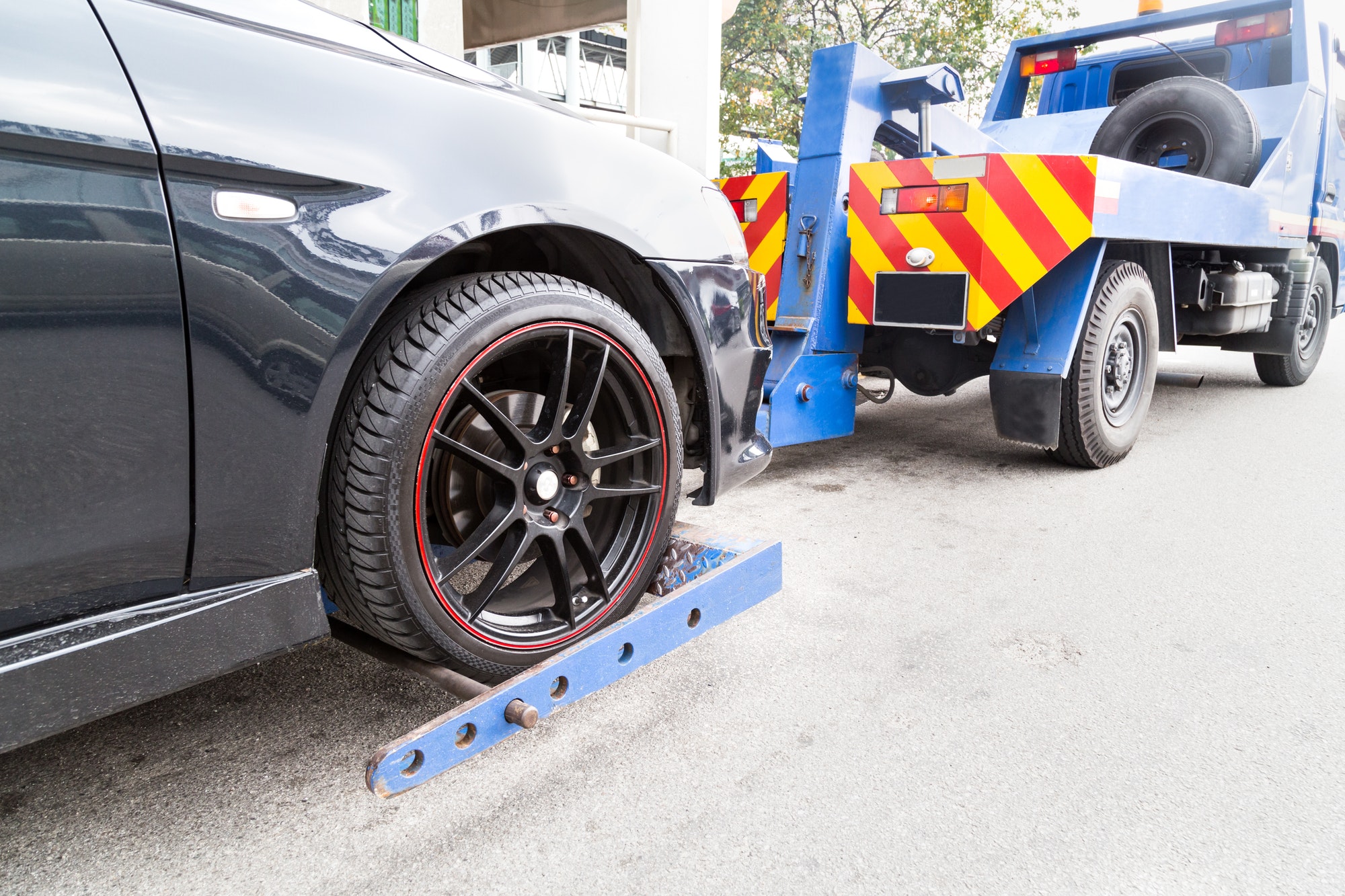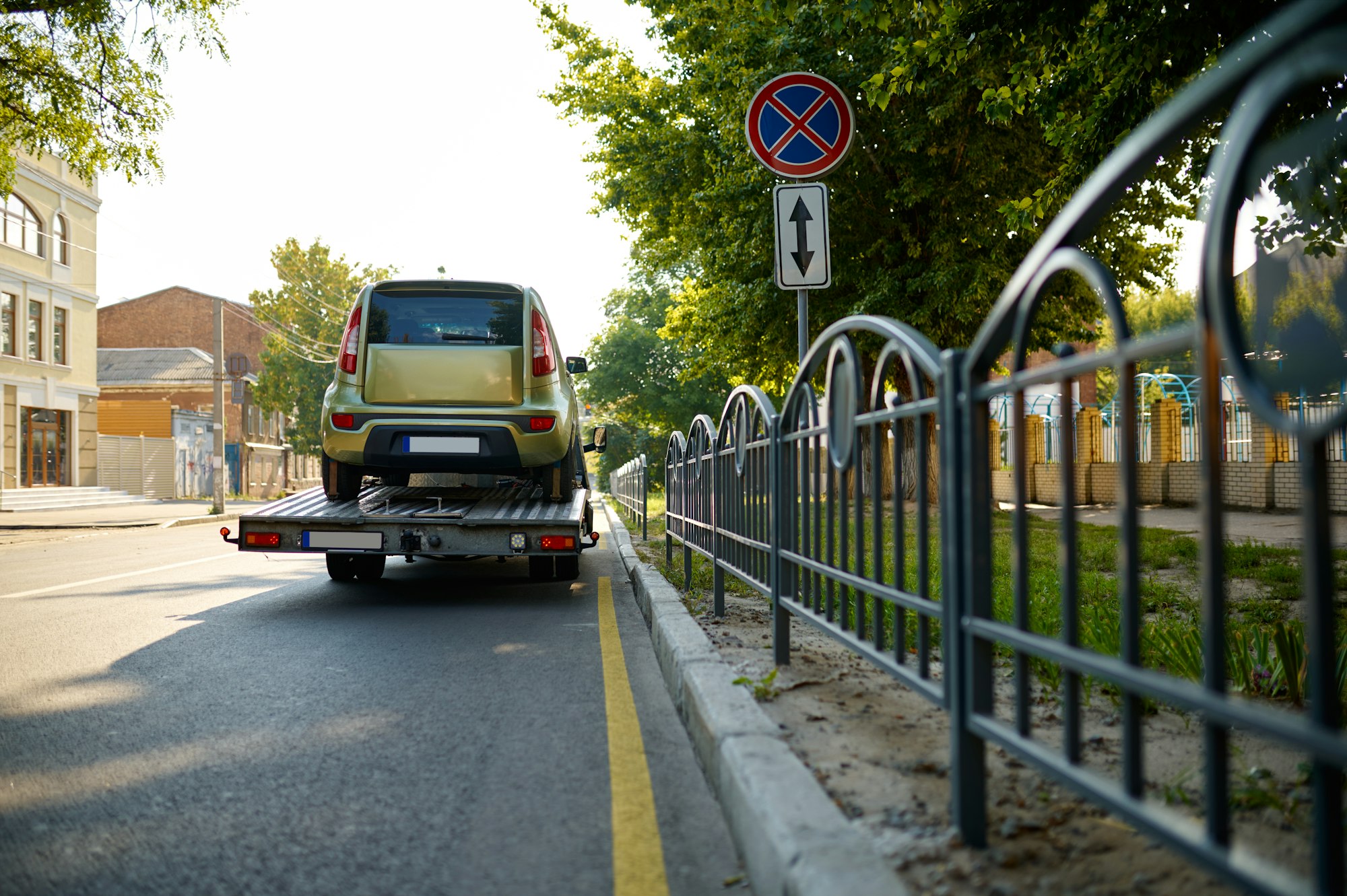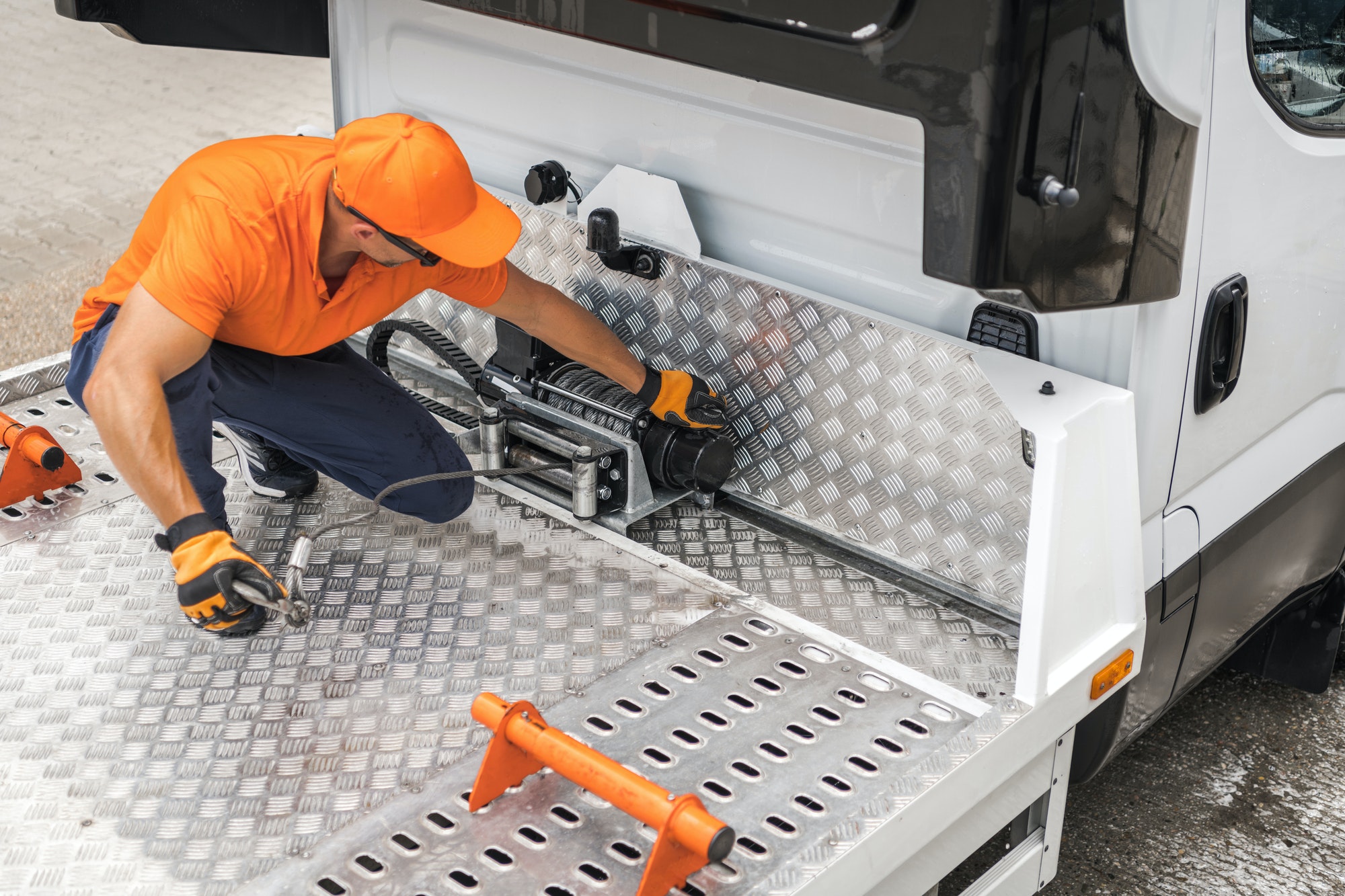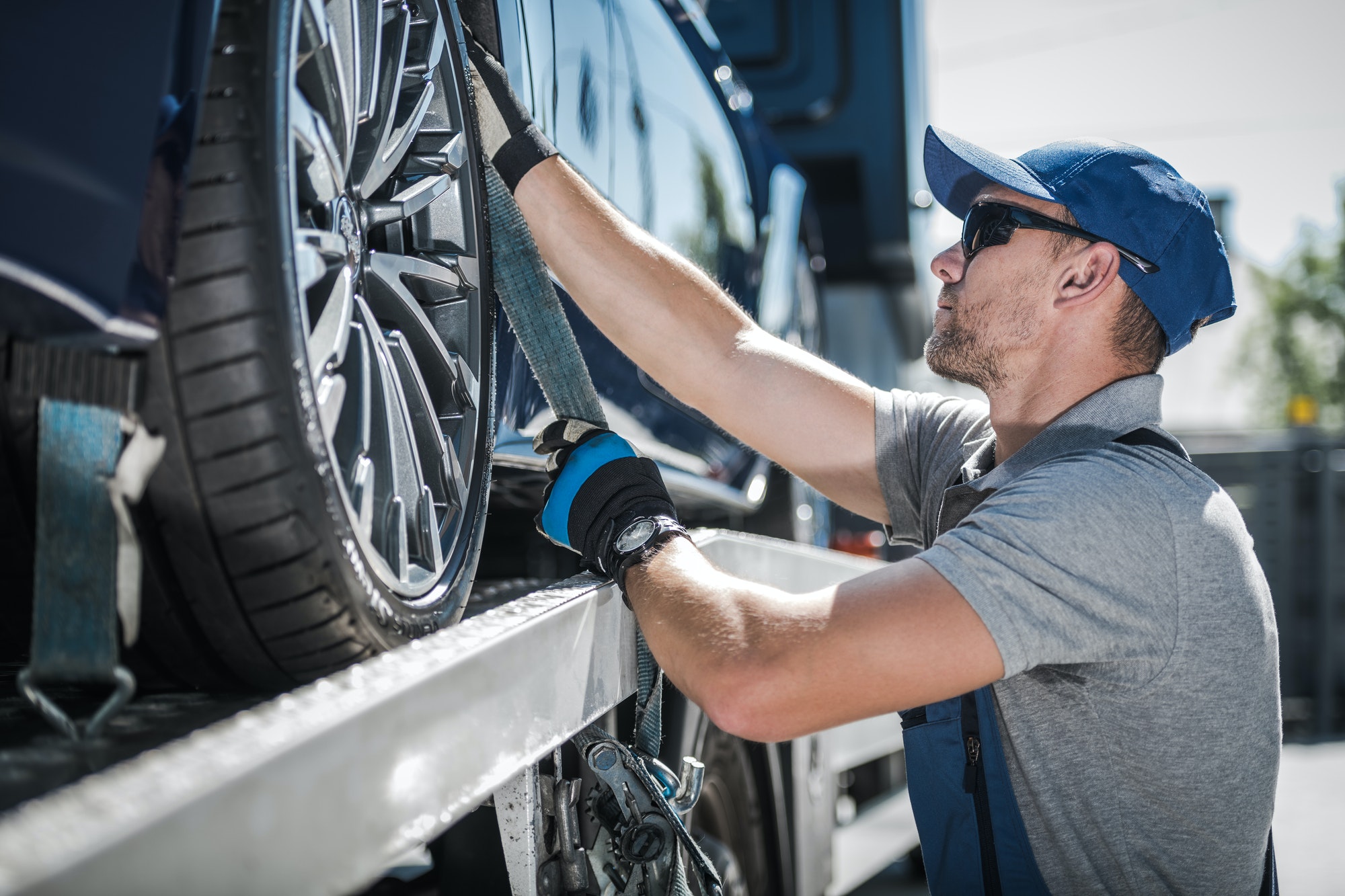Heavy duty towing is the big league, allocating work that typically starts in the 25-ton range, and the tow trucks for the task have to carry a lot in their rights to perform their work. They’re typically equipped with 25 tons and 6-ton wheel lifts and boom lifts from 23. The engines on heavy-duty tow vehicles are adequate. They must produce noticeably more horsepower and power than their medium and light counterparts to supply the strength required to lift enormous loads and move simultaneously. Additionally, their drivers must be licensed to safely operate such heavy loads and observe the frequently complex handling specifications that come with the vehicle’s cargo.
Table of Contents
ToggleThis article will discuss heavy-duty towing by answering questions regarding its capacity, expense, and other facts.
FAQs Regarding Heavy-Duty Towing
Let’s look at some frequently asked questions and answers regarding heavy-duty towing.
What Is A Tow Truck Called?
A tow truck, also known as a wrecker, breakdown truck, recovery vehicle, or breakdown lorry, is a vehicle that is used to relocate automobiles that are immobilized, incorrectly parked, detained, or otherwise unusable.
How Much Is A Heavy Duty Tow Truck?
People frequently ask the question: how much is a heavy-duty tow truck? Let’s find out. These trucks can cost anywhere between $65,000 and $115,000, depending on whether you require forks, boom, wheel-lift, or light bars. However, A considerable wrecker may cost as much as $750,000 if you have to move massive vehicles. Now you know how much a heavy-duty tow truck is.
Which Tow Truck Is The Most Expensive?
The Rotator is the madam mother of content hookers and the largest wrecker ever manufactured in America. For a total of $409,000, Yates’ version costs $259,000, and the truck below it (a long-nose Peterbilt 379) costs $150,000. The Rotator’s name comes from its 30-foot-long, 360-degree rotating boom.
What Is The Most Expensive Tow Truck?
Big tow trucks can cost anywhere between $65,000 and $115,000, depending on whether you require a boom, wheel lift, forks, or light bars. However, a considerable wrecker may cost as much as $750,000 when moving massive vehicles.
Do Heavier Vehicles Tow Better?
A vehicle’s weight determines how much weight it can safely transport. Big tow trucks and modern SUVs are lighter than they previously were, but they can still haul enormous weights. The wheelbase, which measures the space between the front and the rear wheels, reveals a vehicle’s towing safety.
What Is Payload Vs Towing Capacity?
Consider carrying vs. pulling as a simple approach to comprehend the distinction between your truck’s payload and towing capacities. Although you can draw a specific size or weight, carrying it in your hands is impossible.
Have you ever taken a trip? If so, you’ve undoubtedly used a rolling suitcase. You will know how much simpler it is to pull a bag than lug a bulky backpack on your back if you have ever used suitcases or backpacks. The same holds for big tow trucks. The towing capacity of your vehicle is the weight that it can draw. Conversely, its payload capacity refers to how much weight it can support.
What Are The Common Types Of Towing?
Flatbed Towing Services: A flatbed tow truck is used in flatbed towing. The truck’s flatbed is lowered to the ground. A hydraulic winch system raises The truck’s bed by dragging the car up. One of the most well-liked services in the country is this one. Before shipment, the truck bed is leveled after the car is on, and the vehicle is tightly chained down. It’s among the most straightforward and safest methods for towing a car.
Medium and Light Duty Towing Services: Most businesses define towing of small to medium-sized vehicles as light or medium-duty towing services when they occur due to breakdowns, dead batteries, lockouts, running out of fuel, or towing. Most compact automobiles, vans, motorcycles, and small commercial vehicles can use these services. You should contact a tow truck business to assist you in recovering your vehicle if you ever become stranded on the side of the roadway.
Services for wheel lift towing: Wheel lifts can pull most compact cars and light trucks but can’t be used to haul 4WD or all-wheel drive vehicles. Before the car’s drive wheels are raised, a yoke is put under each to tow the vehicle on its non-drive wheels. When there isn’t enough room for a flatbed tow truck, they are an excellent option to move two small vehicles.
Services for heavy-duty towing: Wreckers or rotators are big recovery vehicles used in heavy-duty towing services. Large cars, tractor-trailers, big machinery, and much more can all be recovered by them. Heavy vehicles can be lifted, pulled, and even rotated by wreckers.
What are the types of heavy-duty towing equipment?
Heavy-duty towing equipment includes several essential details. Here is how each of the heavy-duty towing equipment performs:
Hooks And chains
The securing devices that hold the vehicle fastened include chains and hooks. In light-tow situations, tow hooks are much more prevalent, but chains are frequently employed to secure automobiles in medium-tow situations.
Light bars
In low visibility situations, these can be installed behind the driver’s window to give lighting. Towing teams can see and perform better because of these built-in light sources.
Winches
Chains, synthetic ropes, or cables wound around a drum are used in winches. A winch may fully raise a vehicle onto such a flatbed tow truck or lift it off the road with firm pressure to maintain its stability while transported.
Rim Lifts
These fit onto a vehicle’s front or rear wheels to partially lift them off the road while allowing other wheels to stay at street level for transportation.
Boom Lifts
The lengthy, high-extension apparatus on the truck’s back that functions in tandem with the winch is called a boom. A sling is attached to the end of every boom so the vehicle can be safely cradled and moved into the correct location. While some trucks have booms that are set in place, others have booms that can rotate to retrieve vehicles from awkward locations.
Do You Need Heavy-Duty Towing?
Heavy-duty towing is not only recommended if you are concerned about the safety of your vehicle, but it is frequently necessary for large, heavy vehicles. Despite a towing company’s best efforts, hiring a truck that is too tiny to manage the weight of heavy cars might result in extra risks and traffic hazards. Improper towing can harm large equipment. If your industrial-sized vehicle serves as a business tool, you’ll want to ensure that it is hauled as soon as possible to a repair shop while preventing more damage along the route.
Bottom Line
It’s crucial to do your homework before selecting a towing business, particularly if you have a big car that needs heavy-duty transportation. Your towing needs will significantly reduce stress and difficulty if you work with the proper firm. Ask about insurance policies, heavy-duty experience, and vehicle-specific information before choosing. I hope you understand the heavy-duty towing details by reading this article.






